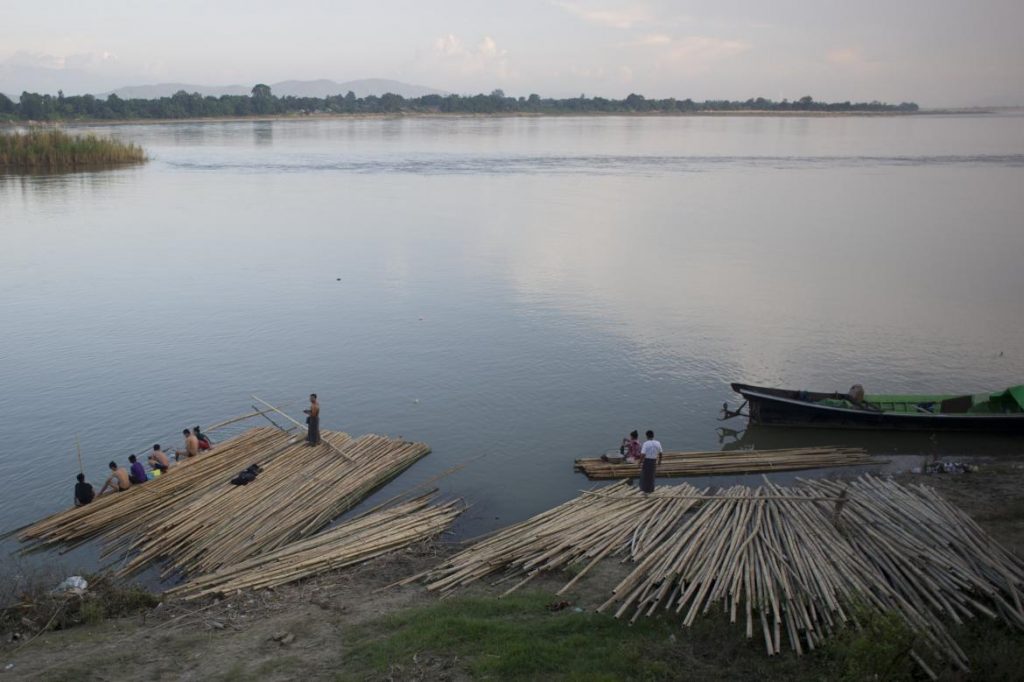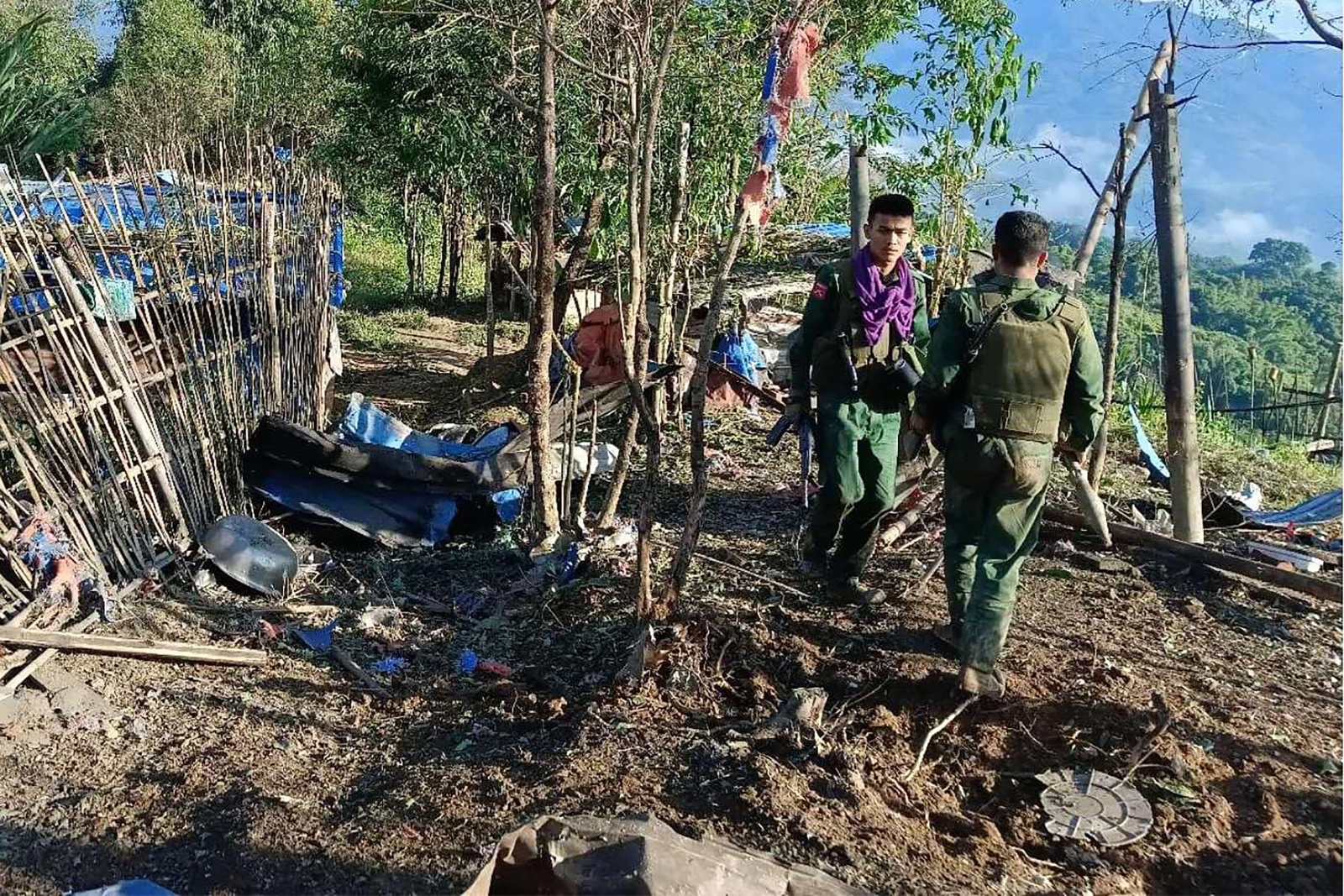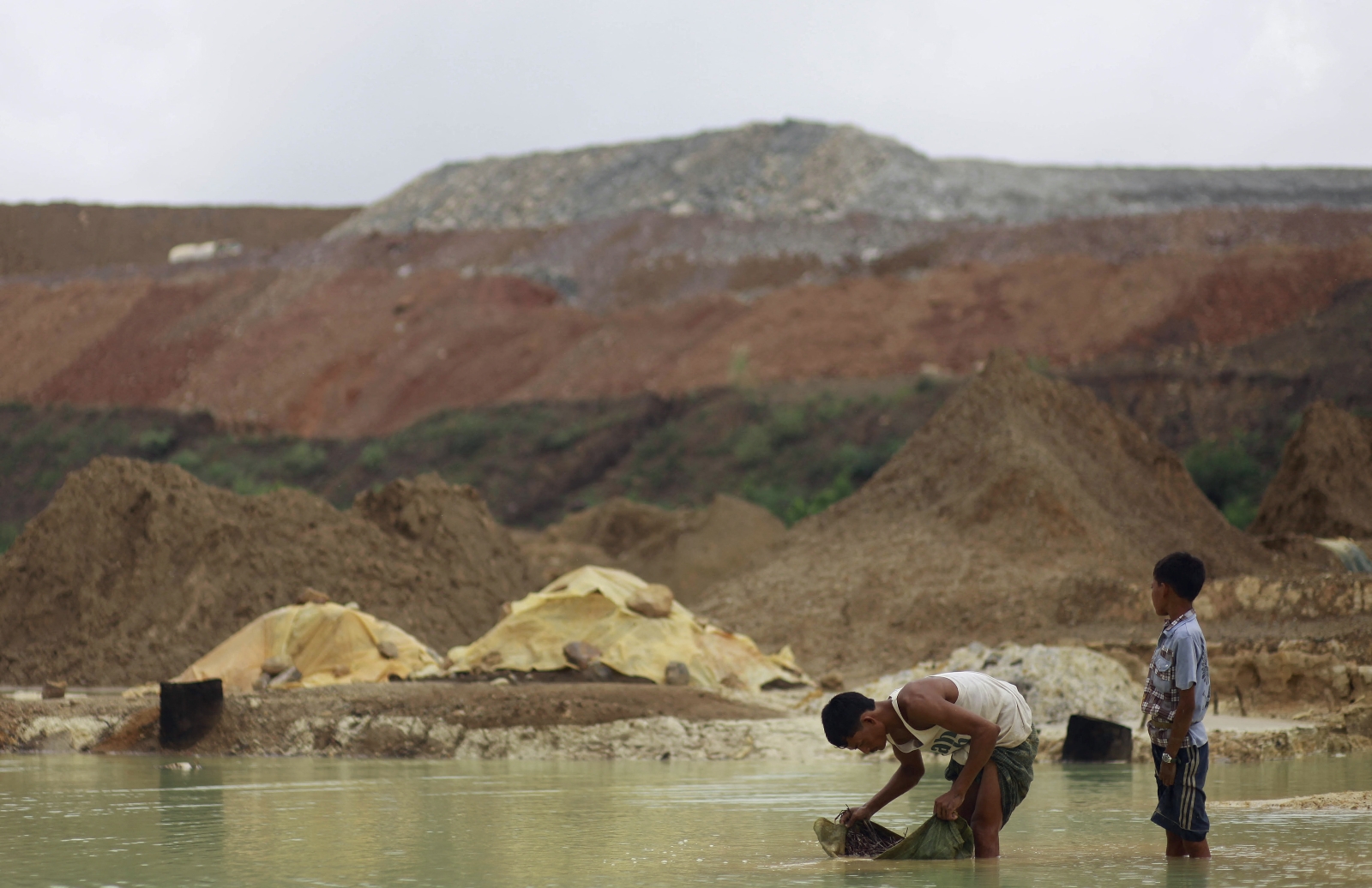Cancelling the controversial hydropower project could offer a PR victory to the Chinese and Myanmar governments, and at the same time present an opportunity for a comprehensive energy plan in the country.
By JOERN KRISTENSEN | FRONTIER
IN HIS column in the June 16 edition of Frontier, Sithu Aung Myint wrote that the Chinese Ambassador, Mr Hong Liang, with a delegation from China’s State Power Investment Cooperation, recently visited Kachin State to lobby for the resumption of work on the stalled Myitsone Dam.
The delegation apparently let the Kachin State government understand that Myanmar has three options regarding the project: 1) Cancel the project and be liable to pay US$800 million in compensation; 2) Resume work and earn $500 million a year in revenue when the dam is completed or; 3) Do nothing and pay $50 million in interest for as long as the project is suspended.
None of these options are attractive for either Myanmar or China.
Chinese companies such as SPIC and China Three Gorges Corporation, which is involved in the similarly unpopular Mong Ton Dam in Shan State on the Thanlwin (Salween) River, may be less sensitive to public opposition to projects they are involved in, but the Chinese government has no interest in a strained relationship with Myanmar. The situation between the neighbouring countries is one of mutual dependence. China and Myanmar need each other and share a common interest in the need to settle matters through friendly consultations.
Support more independent journalism like this. Sign up to be a Frontier member.
A permanent cancelation of Myitsone would incur a loss for the developer that will need to be compensated; but conducted successfully, it could mean a huge public relations victory for both the Chinese and Myanmar governments.
China could be seen as relinquishing what is viewed as a domineering attitude left over from when it closely supported the military junta, and be regarded as willing to listen to Myanmar people’s concerns regarding China-backed projects.
For the Myanmar government, the cancellation of Myitsone would strengthen the belief in the National League for Democracy’s promise for change and present it as a government of the people. It is difficult to see any option for the NLD except to scrap the project.
Giving up on Myitsone may for China actually be an issue of loss of face rather than loss of electricity. The current economic slowdown has led to a significant fall in demand for power.
Yunnan provincial authorities recently announced a halt to small hydropower plants on tributaries of the Yu River. This has raised expectations among environmentalists that five large dams on the main river will never be built. China does not need the electricity from Myitsone. That of course raises the question of who is going to buy the electricity and provide the annual revenue of $500 million the Chinese delegation has promised.
Myanmar is different. The country is faced with an urgent need to generate power for electrification in order to support much needed social and economic development. This presents a golden opportunity for China and Myanmar to work together on mutually agreed projects – a fourth option.
Saying no to Myitsone does not mean saying no to hydropower in Myanmar. Not all hydropower dams are the same. Depending on their location, some dams will have a much higher impact on communities and rivers than others. Basin-wide, or even country-wide, river network thinking and planning can help authorities to make more informed decisions about hydropower projects.
Earlier this year, the Nature Conservancy and WWF, supported by Myanmar Institute for Integrated Development, tested models comparing different hydropower scenarios in Myanmar in terms of costs and benefits across a range of resources and values.
Initial results indicate that some options for hydropower development have much lower environmental and social impacts than others. An approach that takes into account better planning helps provide solutions so that Myanmar can still meet its electricity needs at the lowest possible cost to the people and the environment.
Now, Myanmar has an opportunity to move beyond ad-hoc decisions about single dam projects and begin a process of coordinated long-term planning to meet the country’s energy needs, while at the same time preserving the precious natural and cultural heritage of its river systems. It is also a golden opportunity for Chinese companies to involve themselves in projects that the Myanmar people see as beneficial for the country’s future.







